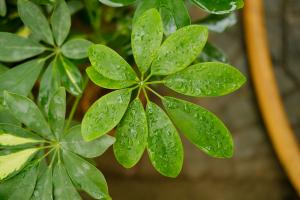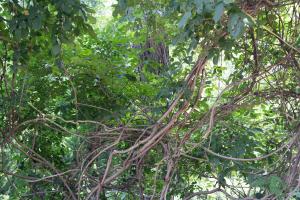1、 Curing method
1. Substrate selection: it is suitable for planting in sandy loam with fertile and humid soil, deep soil layer and good drainage and permeability. The soil pH value is the best between 5.5-6.5

2. Nutrient management: its water and fertilizer management should reasonably control the concentration and times to avoid fertilizer damage. When fertilizing, loosen the soil and pay attention to the removal of weeds. The base fertilizer is mainly organic fertilizer, and the seedlings after planting are less applied with nitrogen fertilizer. The young trees can be applied with nitrogen, phosphorus and potassium fertilizer in the ratio of 1:1:1, which is conducive to their healthy growth and the prevention of diseases and pests

3. Water management: it likes humidity and is suitable for growing in areas with annual rainfall of more than 1500mm and environmental relative humidity of more than 80%. After planting, the plants should be watered properly in sunny weather to maintain soil humidity, and timely drainage should be paid attention to in rainy season to prevent excessive waterlogging

4. Temperature management: it likes warm environment and is suitable for planting in areas where the average annual temperature is above 10 ℃, and the overwintering temperature cannot be lower than - 10 ℃

2、 Breeding skills
1. Propagation method: it can be propagated by cutting, pressing, grafting or sowing, mainly by sowing. Sowing method: collect mature fruits from October to November every year, rub off the peel and retain full seeds. After drying in the shade, store them in sand to promote germination, then raise seedlings and transplant seedlings, and plant them from November to February of the next year

2. Pruning method: it is an evergreen tree and needs proper topping. After planting, when the tea seedling grows to 80-90 cm high, it needs to pre cut the trunk in time to promote its transverse growth of branches

3、 Problem diagnosis and treatment
1. Diseases: its high incidence diseases include moire leaf blight, anthrax, etc. Bordeaux faction can be reasonably used for comprehensive control at ordinary times. Once the disease is found, it should be sprayed with medicine in time

2. Insect pests: its more common pests include borer, green leaf cicada, red spider, aphid, small leaf curler, etc. once found, it should be sprayed with insecticides in a timely and reasonable manner according to the instructions. During the application period, pay attention to the isolation safety period and stagger the tea picking

4、 Other issues
1. Suitable for whom to give: its tea is fragrant and slightly sweet after bitter. It has the effects of brightening eyes and relieving cough. It is a traditional pure natural health beverage in China. It has high therapeutic value. It is very suitable for the middle-aged and elderly as a gift, but it should be noted that it is not suitable for pregnant women

2. Toxicity: it has no toxicity and can be used as medicine. It also has the effect of eliminating halitosis. However, it should be noted that it is cold in nature. It is not suitable for patients with cold body and stomach and pregnant women


 how many times do yo...
how many times do yo... how many planted tre...
how many planted tre... how many pine trees ...
how many pine trees ... how many pecan trees...
how many pecan trees... how many plants comp...
how many plants comp... how many plants can ...
how many plants can ... how many plants and ...
how many plants and ... how many pepper plan...
how many pepper plan...





























